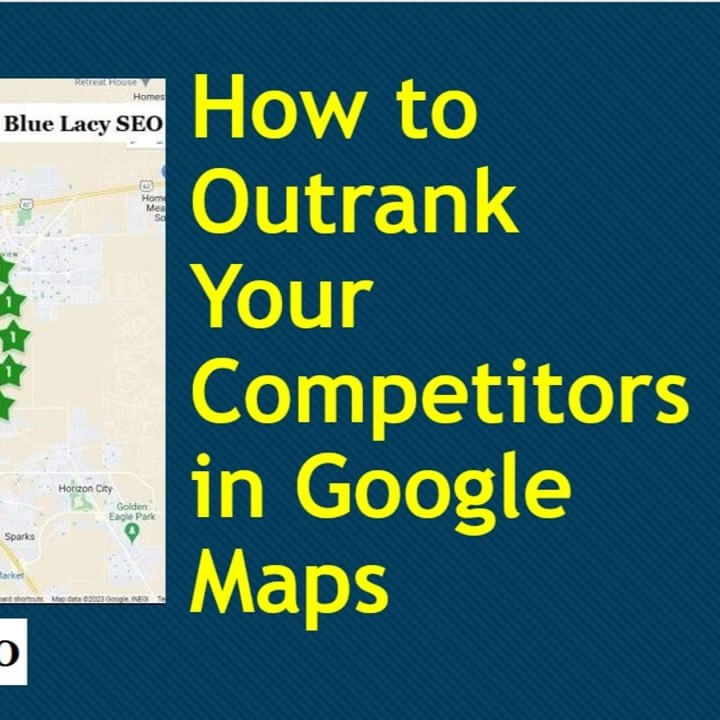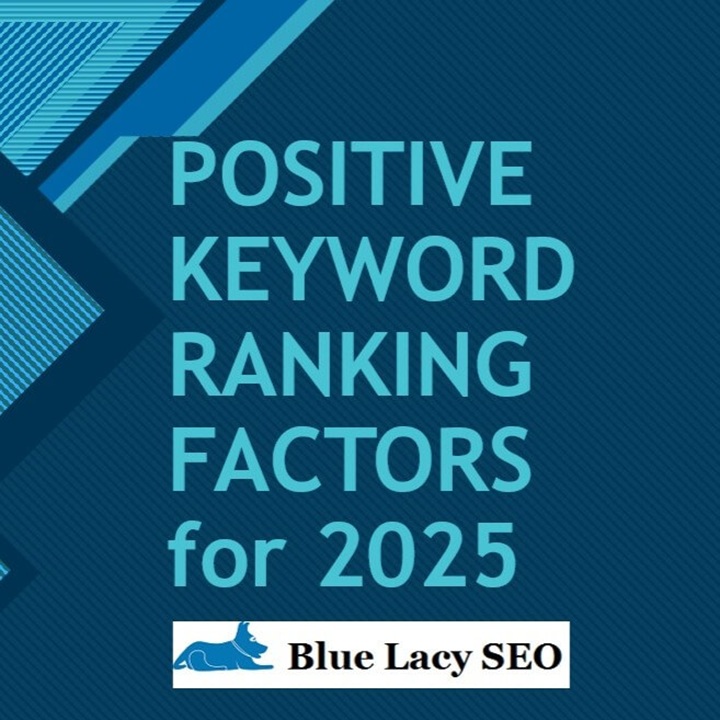In this digital age if your business doesn’t have a website the question should be, why not? It is an essential part of any brick and mortar business, whether you are selling a service, such as a plumber or a doctor, or selling products, such as a florist or furniture maker. Many business owners allocate the least amount of funds towards creating a usable, responsive website that is fully optimized for search engines.
Here are 4 reasons why it is essential for a small business to have a Website.
1. A Website is Your Digital Storefront
According to Media Behavior and Influence Study, 34% regularly search for a product online before purchasing in a store and 53.5% occasionally search online before making a purchase.
So, we now know that 87.5% of people regularly or occasionally search online before purchasing in a store. That’s a big number.
Next, we need to know what methods people are using to find what they are seeking. In a survey conducted by Google Purchased Digital Diary, the top method used was a search engine (40%).
In another survey conducted by Vistaprint, 34% of consumers are unlikely to shop with a business if it does not have a website.
Having a business website is not a luxury, it’s a necessity.
2. A Website Reflects Your Business
As a business owner you may spend a considerable amount of time making sure your store is appealing, informational, and easy for shoppers to buy a product or service. Your Website needs the same attention. It needs to be attractive with good information about your product or service that compels consumers to take action to purchase or visit your store.
A whopping 45% are unlikely to buy from a business with a poorly designed Website (source: Vistaprint).
Once visitors are connected to one of your website’s pages, are they sticking around or leave? This is called bounce rate. It is a metric that measures how long a visitor stays on one of your web pages without clicking on another page on your site or just leaving the page. Luckily, this “bounce rate” can be measured with Google Analytics, which should be installed for your Website.
According to Google the average bounce rate for content websites is 40-60 percent. Retail sites have a 20-40 percent bounce rate and service sites have a 10-30 percent bounce rate.
If you have a high bounce rate, then there is a problem. These problems can be addressed with a good website audit.
Components your website should have to keeps visitors interested:
-
Good Layout: easy navigation, content in sections, call-to-action buttons, and a responsive layout for desktop, phones and tablets.
-
Good Usability: sensible organization, good color contrast, readable fonts, large headlines, use of white space, bulleted lists.
-
Fast Page Load
-
External links that Open in New Pages
-
Avoid Pop-ups
-
Create a Clear Overall Message
3. Low Cost Advertising
According to TheBalance.com, one of the most cost effective ways to advertise your business is through your website. It also helps to have an online presence through social media, YouTube videos, landing pages, emails, and newsletters.
Compared to other forms of advertising, such as radio, television, newspaper ads, and bulk-mail flyers, the cost of having a website to promote your business and brand is far cheaper.
4. Build Authority
In days gone by, to find a business you looked in the Yellow Pages – a big thick book that listed businesses in your city. Some businesses even took out Yellow Pages ads. Now we have the yellow pages online, as well as other citations such as Yelp, City Search and others, where your business can be found. But, people still expect to see your webpage and that you are there to give them information about products and services, offer help, and learn more about your company. This is the platform where you speak to your customers. This is where you build authority for your brand and products.
Next Step
Now that you recognize the importance of having a business website, hire an expert with the knowledge and skills it takes to build you a solid, high ranking site that generates leads and paying customers.


